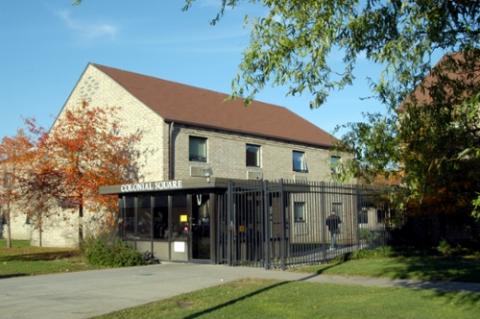Fifteen years ago this month, Hofstra University adopted Punjabi as a foreign language option for students. The language was chosen by faculty who highlighted the importance of the language in the South Asian sphere, citing the university’s Sikh Studies chair which the Religion department had just established. However, dwindling enrollment led to the eventual termination of the course.
One-and-a-half decades later, though, examination of the short-lived curriculum illuminates a disconnect between collegiate language learners and foreign languages outside the Romance and Germanic language families.
Currently, the university offers foreign language credit for Arabic, Chinese, French, German, Italian, Russian and Spanish classes, which aim not only to teach these languages themselves but also to expose students to variegated patterns of cultural thought. The reality, however, is a bit different.
The 2019 edition of Ethnologue, a global referential language publication, sheds light on this divide. It states that Italian, for example, is the 22nd most spoken language in the world, with approximately 64.8 million speakers.
Italian is undoubtedly a beautiful language; in fact, I myself have studied it. However, languages such as Hindi or Bengali, the fourth and fifth most spoken languages in the world with 341 million and 228 million speakers respectively, have no academic representation at Hofstra.
Many such examples exist, and cast into question the university’s prioritization of global awareness beyond the Western world. I’m sure members of the faculty have valid reasons for choosing or discontinuing certain programs over others, but these departmental choices warrant debate nonetheless.
The number of Punjabi speakers on campus has grown in the past few years, as has the number of speakers of other languages. Statistics pertaining to languages spoken at Hofstra are not publicly accessible. However, walking through campus, one is likely to hear a number of tongues, from the colorful dialects of Spanish and Cantonese to Japanese, Malayalam, Georgian, Bengali and more. Some of these linguistic identities are represented socially through student organizations and on-campus events, but very few are represented in academia, an upsetting fact considering the linkage between languages and ideas.
Foreign languages have played a significant role in my own life. English was my second language, after Tamil. I took it upon myself to learn other languages in the following years, and the beauty of relationships between words, sounds and contexts fascinated me enough to motivate me to pursue a linguistics major. An important takeaway from my journey has been the magnificent potential of languages to convey not just meaning, but entire philosophies. From the nuances of particular phrasings to the lexical lattice of concepts and beliefs, a language captures the essence of a population’s cognitive outlook. It isn’t just a medium of communication; it’s a lot more.
Our strength, not just as a campus community but also as a nation, lies in our diversity. Such diversity often manifests through linguistic heterogeneity, and encompasses how rich humanity truly is. Going forward, Hofstra must capitalize on this richness through meaningful, globalized curricula that remind students how vast our world truly is.







